Vehicle seating made simple
Swivel seats can offer a great alternative to wheelchair accessible vehicles, enabling both drivers and passengers to transfer into and out of standard vehicles more easily.
Free assessment service
However, they do not work for everyone – with only one in every three people making a viable candidate, it is vital that every client has had a full demonstration and assessment with us. This free-of-charge service enables us to determine which type of swivel seat will best meet a customer’s needs and the suitability of the vehicle being considered.
Click here for further information on our free assessment service.
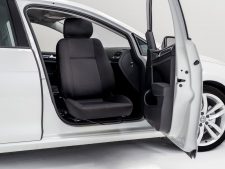 Types of swivel seats
Types of swivel seats
Standard swivel seats
There are a number of variations of the standard swivel seat available, from fully manual to fully programmable. Semi manual and/or electric versions are also available.
Lowering swivel seats
These seats turn out 90 degrees from the vehicle, then electrically lower to allow easier transfer from a wheelchair, or from standing. Because they lower, these models are suitable for vehicles with higher seating positions (e.g. MPVs and SUVs).
The swivel function can either be manual or electric, or the seat can be fully programmable.
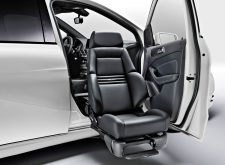 Manual
Manual
Manual swivel seats are the base model, with a manually operated swivel and forward/backward movement. In many cases, this is all that is needed. However, if the seat has a lowering function, this will be controlled electrically.
Electric
These seats are available with an electric swivel function, electric forward/backward movement, electric lowering/raising or a combination of all three.
Programmable
Unlike manual and electric swivel seats, a programmable seat is fully automated. To maximise legroom our technicians will programme the seat’s movements for each vehicle individually. This allows these seats to be fitted in a wider range of vehicles than most other seat types.
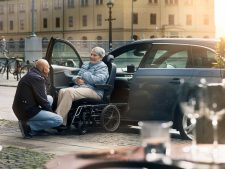 The Carony Wheelchair System
The Carony Wheelchair System
The Carony is a wheelchair system that is compatible with the majority of swivel seats. Designed for people who struggle to transfer from their wheelchair into a swivel seat, these systems feature glide rails that allow the car seat to slide onto a wheelchair base. The seat then detaches, allowing it to be used as an everyday wheelchair.
Models include Carony Classic, which operates with a manual wheelchair base, Carony Go, which is designed for use with an electric wheelchair base and Carony Kids and Carony GS, which are designed specifically for children.

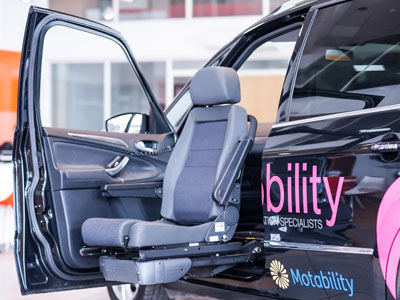
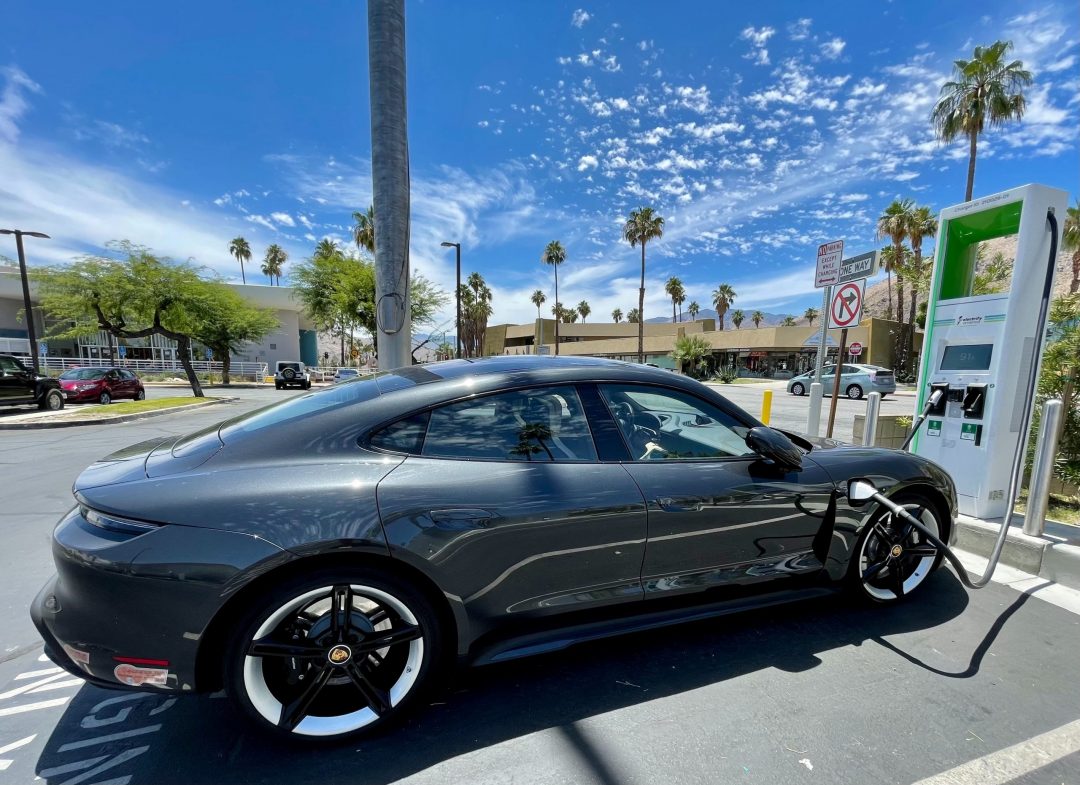
 One of the most important aspects of adult independence is being able to get around by yourself. Whether you’re going to work, meeting a friend, or simply going to the shop to choose your own groceries, being able to drive can be an essential part of this. It’s especially important for those who live in rural areas, who may struggle to access public transportation, or for those with disabilities, who might find it difficult to use buses or trains.
One of the most important aspects of adult independence is being able to get around by yourself. Whether you’re going to work, meeting a friend, or simply going to the shop to choose your own groceries, being able to drive can be an essential part of this. It’s especially important for those who live in rural areas, who may struggle to access public transportation, or for those with disabilities, who might find it difficult to use buses or trains.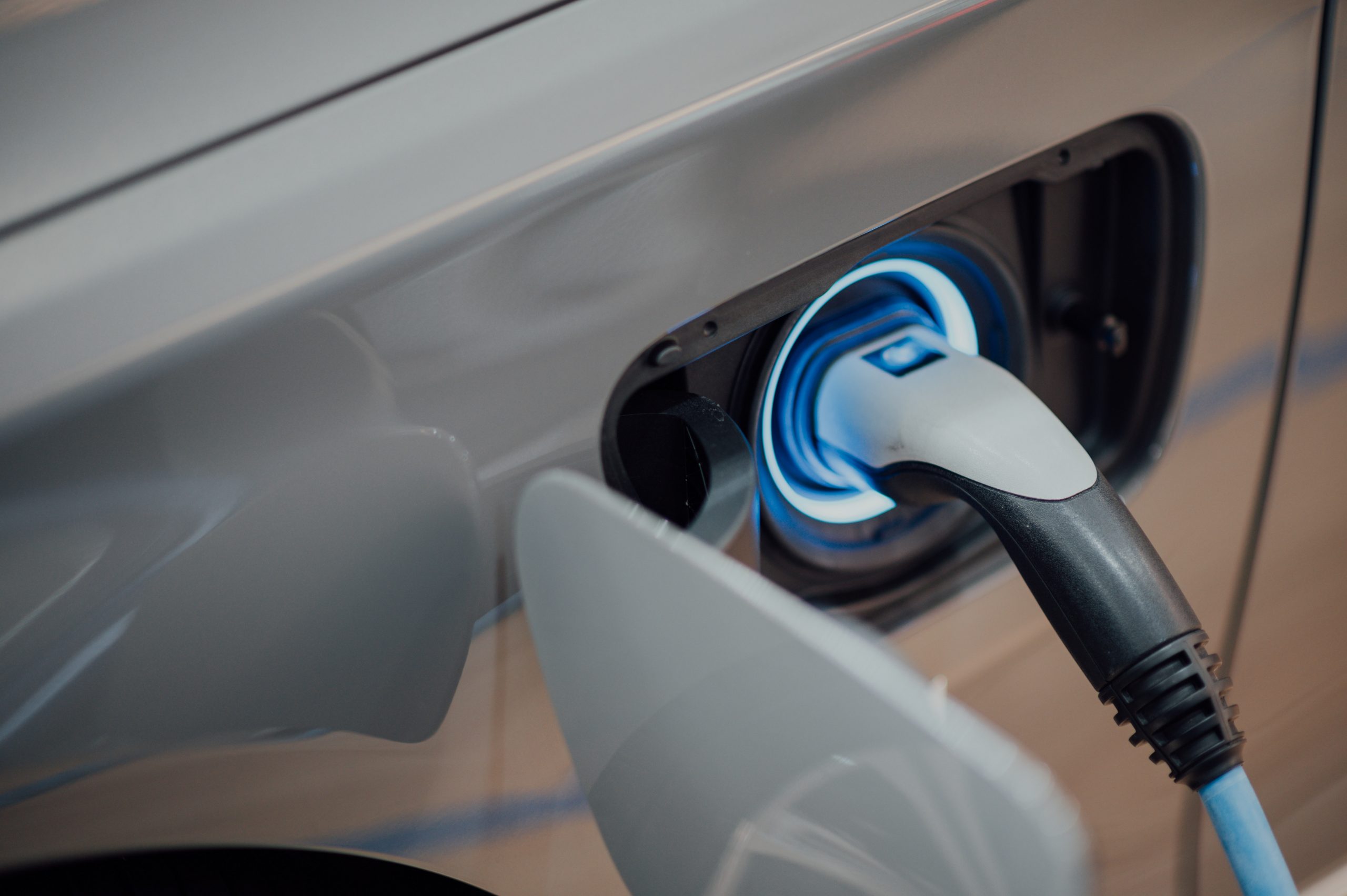
 Possibility for adaptions
Possibility for adaptions

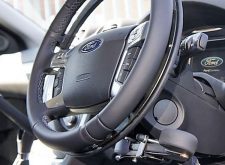
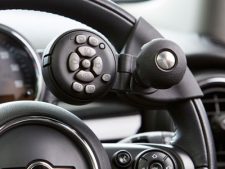
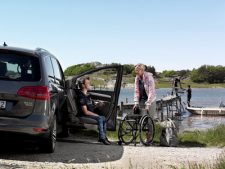

 I thought I’d share a story with you regarding a demonstration I did a few weeks ago, here at our HQ in Sussex. It proves that occasionally the best solution to a client’s problems doesn’t have to cost them a bean…
I thought I’d share a story with you regarding a demonstration I did a few weeks ago, here at our HQ in Sussex. It proves that occasionally the best solution to a client’s problems doesn’t have to cost them a bean…